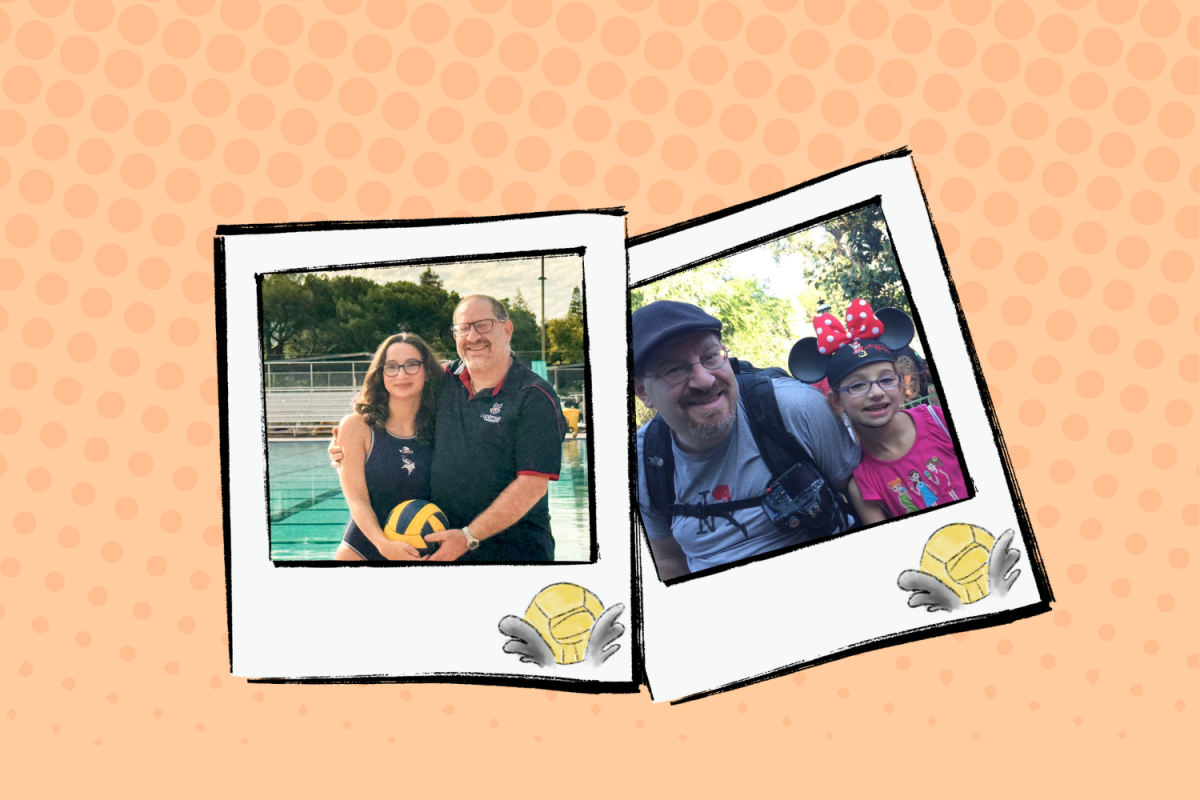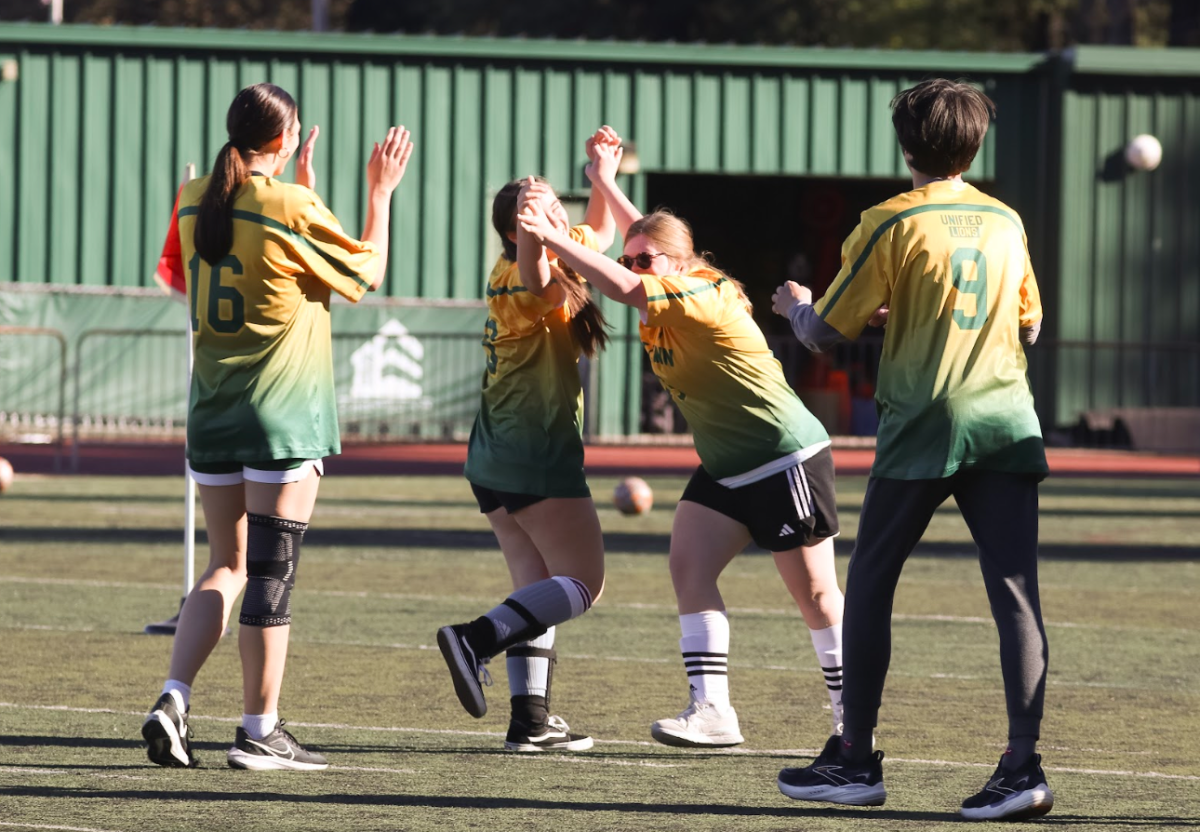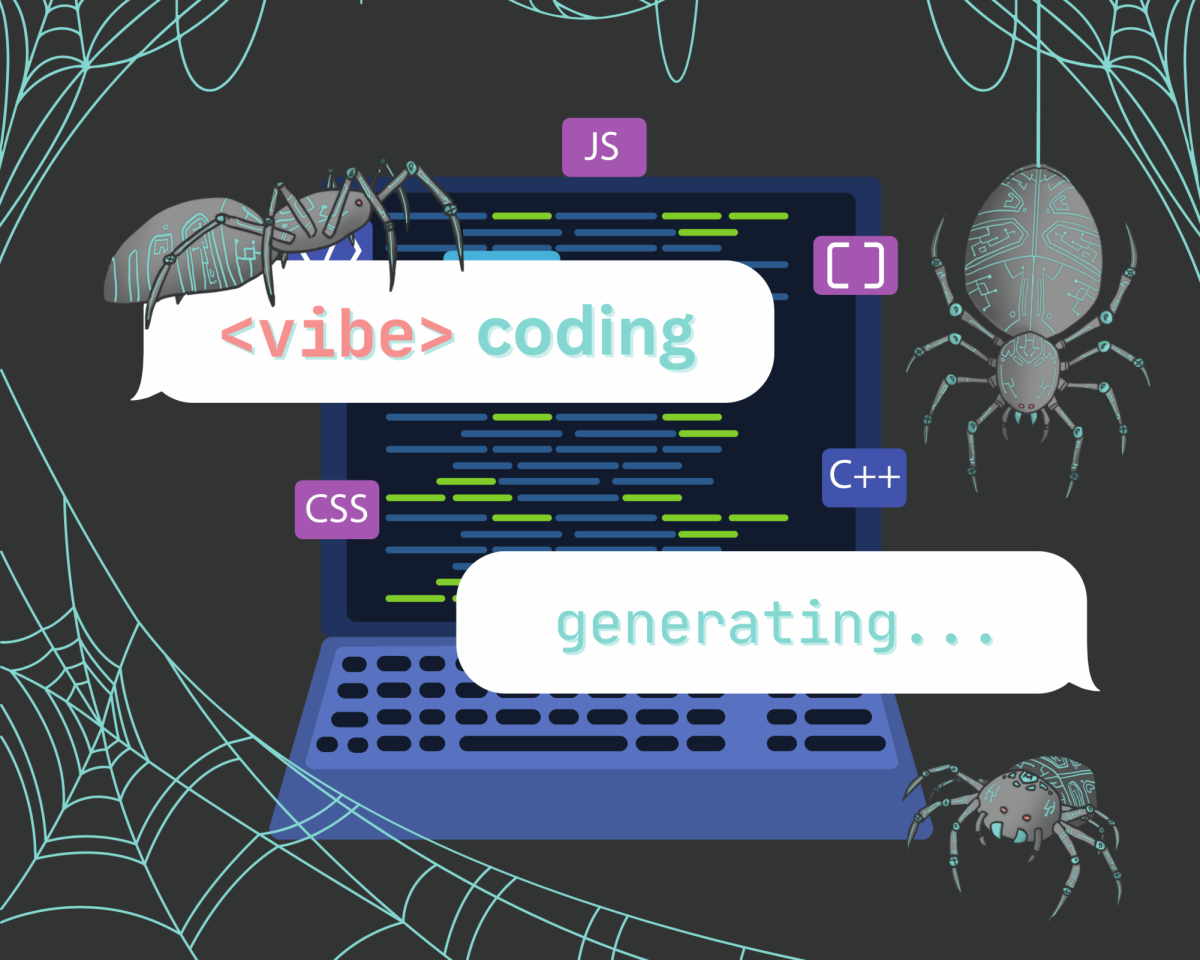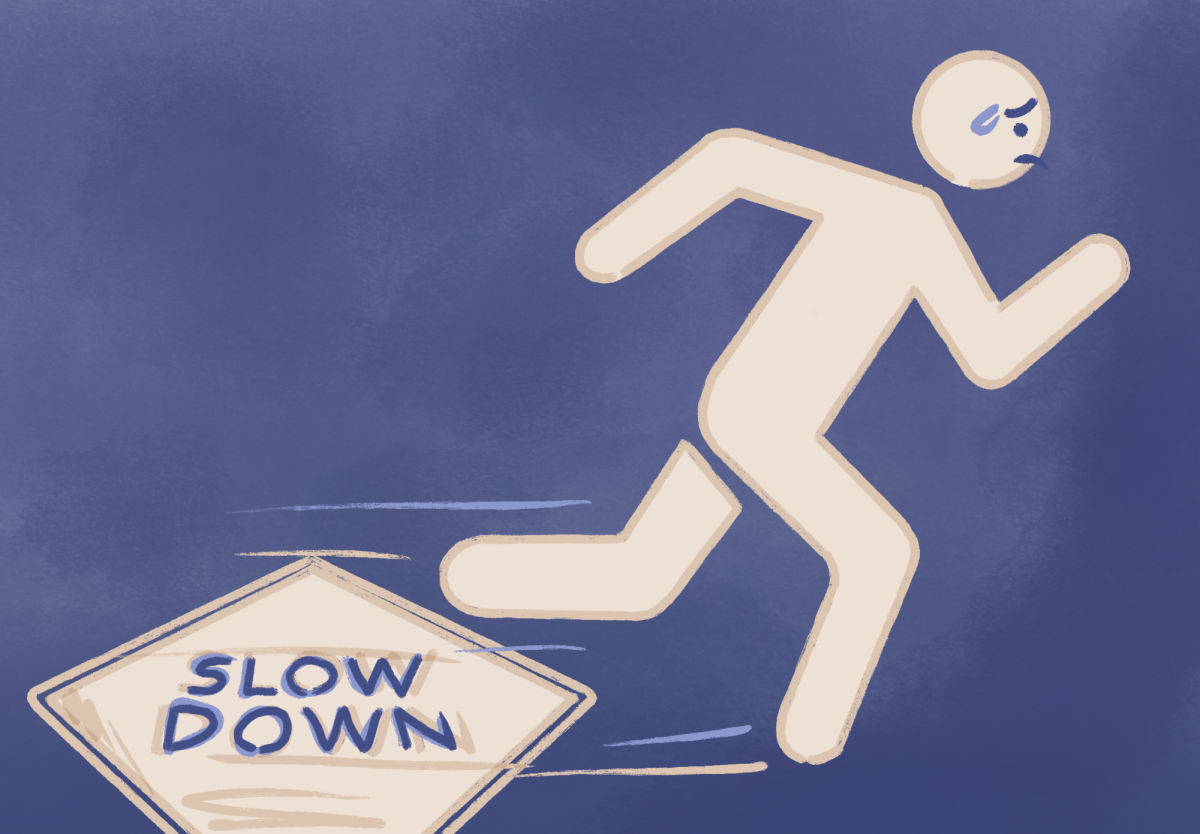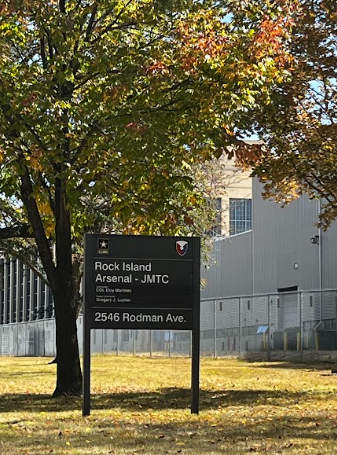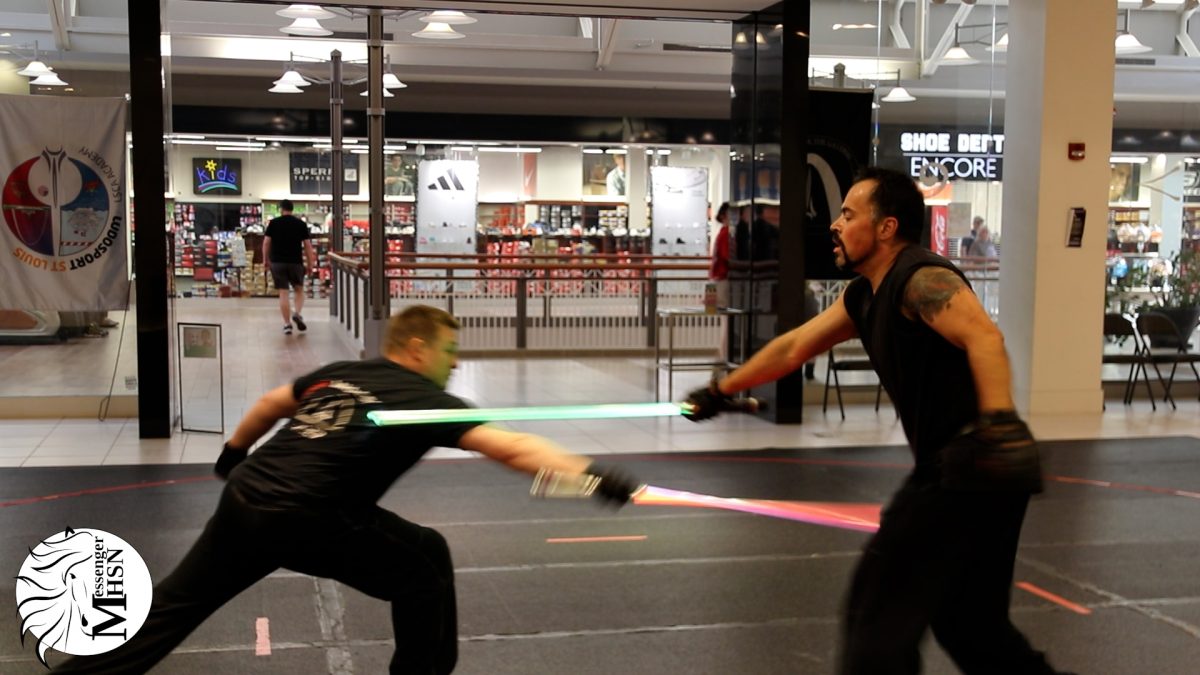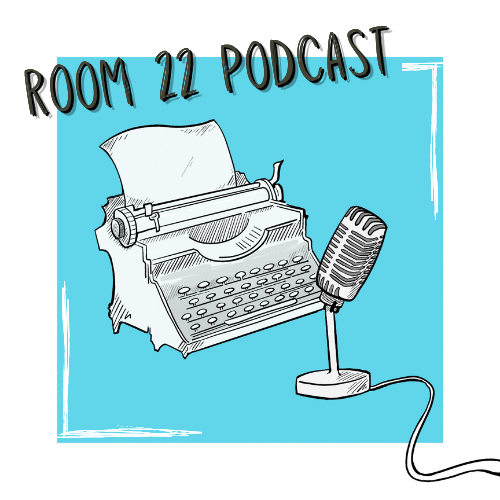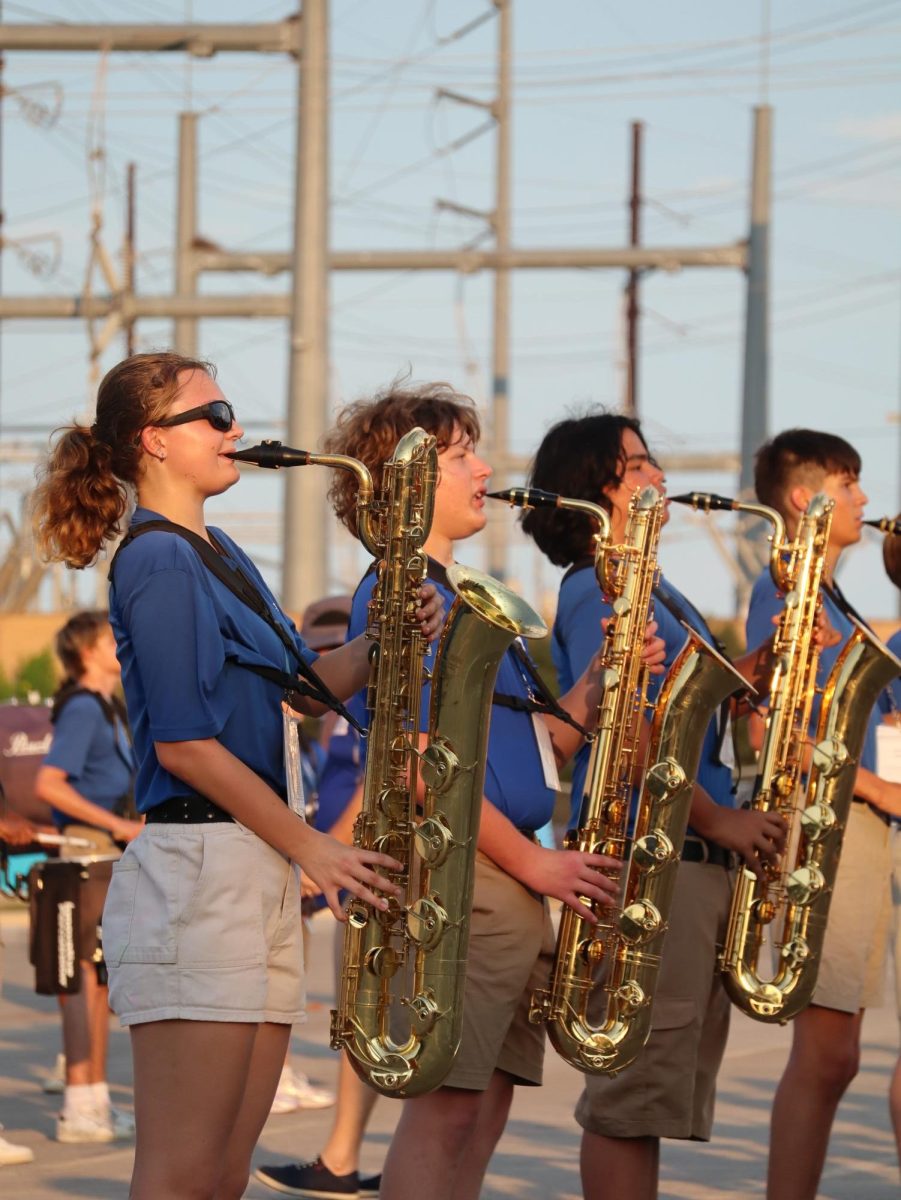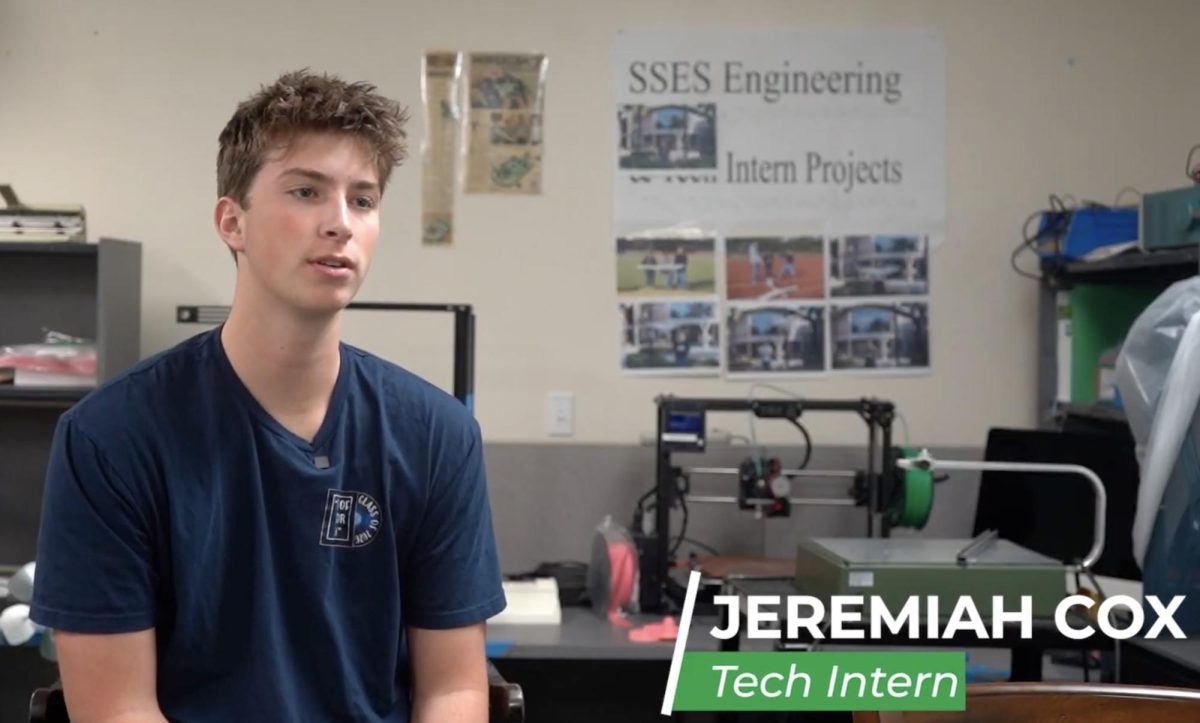I am notoriously bad at walking slowly.
Rarely do I stroll through the school halls at a leisurely rhythm; it’s far more common to see me dashing from classroom to classroom, teacher to teacher, to tick every box I need to that day. My friends joke about it, the way I power-walk through conversations, the way I treat every stroll down a corridor like a race against an invisible clock.
But lately, observing my peers and myself, I’ve started to wonder: when did slowing down become impossible?
The answer lies in something deeper than some personality quirks or a speedy temperament. It’s in the way we’ve been trained to see ourselves — not as people deserving of unhurried moments, but as projects requiring constant optimization. We have systematically trained ourselves to mistake frantic motion for meaningful progress.
This isn’t personal failure: it’s the predictable result of our economic and educational systems that demand constant optimization for survival, and it’s created a generation that isn’t allowed to slow down — be it our declining attention spans, desire for connection, or relentless anxiety.
Slowing down has been redefined as falling behind.
Just listen to how we talk about ourselves.
I’ve heard countless times from friends how they feel an almost compulsive need to improve themselves as much as possible, time-blocking every spare slot in the day, trading study sessions for time they should spend resting or slowing down.
I rarely get the chance to talk to these friends anymore.
We’ve been told to perfect our morning routines, optimize our efficiency, and streamline our workflows, and by doing so, we borrow the vocabulary of factory floors, applying it to the most human parts of existence.
Students juggle GPA tracking, extracurricular optimization, social media metrics and college prep like they’re managing a pseudo-factory — the product being the appearance of accomplishment.
Even our leisure gets gamified through step counters, meditation streaks on mindfulness apps, and reading goals, turning rest into another dashboard to optimize.
But, truthfully, what are we optimizing for?
A factory optimizes for output, a computer for processing speed, but we optimize to always be responsive, always productive, always on — essentially, to function like efficient machines rather than complex humans. Our goal, subconsciously or otherwise, is to be a product — to be the best you that you could fathomably be.
In the process, the things that make us human are lost.
But there’s a difference between optimization and automation. Real optimization would prioritize making our lives richer, accounting for rest and relaxation, and most importantly balance in our lives. But instead, we care about one thing: moving forward.
Push forward and keep pushing till you can’t anymore — live in constant motion without direction and perpetual productivity without purpose.
None of this happened organically. We didn’t wake up one day and decide to turn ourselves into human productivity apps — we have been conditioned by institutions that profit from our constant motion and punish our stillness.
Just look at education.
Modern schools operate on an industrial model that treats students like products moving through an assembly line — days divided into precise intervals, timed movement between classes, success measured by our standardized outputs. Students who can’t maintain this streamlined pace get labeled as having time management problems, but the system often demands an inhuman efficiency.
There are only 24 hours in the day.
Seven of those hours are taken by in-school learning — already a decently strenuous task, not to mention the time expected to be dedicated towards homework, which can take a significant time away.
If you play a sport, anywhere from two to six to more hours a day are taken.
If you have a job, you might work anywhere from two to eight hours per shift.
85 minutes is typically spent eating and drinking, and six to seven hours is spent sleeping — falling short of the recommended eight to ten, often due to stress.
When the minimums are tallied — even before accounting for homework for regular classes, commuting, chores, or personal hygiene — all that’s left is a little over three or four hours of free time. And that’s being generous. Most understandably spend that precious window connecting with friends and family, leaving little to no dedicated time for true rest, reflection, or unhurried mindfulness.
The numbers tell the story.
A CDC report, drawing on data from 2021-2022 and published in July 2024, found that cumulatively only 58.5% of U.S. teenagers (ages 12-17) reported always or usually receiving the social and emotional support they needed. A major portion of young people are navigating these intense demands with consistent foundational support, making the pressure to constantly perform and the fear of falling behind even more acute.
We’ve built a system that was supposed to prepare kids for life but instead prepared them for chronic stress they mistake for normalcy.
Our brains, remarkably adaptable organs, have begun to recalibrate in response to this hyperstimulation and demanding environment, making genuinely slowing down feel physically uncomfortable and even neurologically threatening. Chronic exposure to perceived stressors — whether it be from constant deadlines, academic pressure, or information overload — triggers the release of stress hormones like cortisol and adrenaline.
These hormones are evolutionarily designed for acute “fight or flight” responses in immediate danger.
However, their prolonged circulation in an environment that demands them to always be active contributes to a state of chronic hypervigilance and an onslaught of other symptoms that ultimately make it harder to drag yourself out of the stress cycle.
Stillness, or a lack of external stimulation, can often be misinterpreted by the nervous system as a form of vulnerability or even a threat. Inactivity now feels dangerous. We’ve literally rewired ourselves to be uncomfortable with an average pace of human existence. When everything feels urgent, nothing is important, and when every moment is maximized, no moment can be savored.
Moving slowly is now an almost radical act.
All of this leads to burnout — the complete and utter depletion of motivation and energy — but the demand for work never lessens, ending in an empty fuel tank with no gas station for miles.
I’m trying to learn how to slow down my speed when walking.
It’s not because I’m suddenly less busy, less stressed or anxious, or less vigilant, but because I understand that the pace at which I move through the world shapes the pace at which I experience it.
The practice is harder than it sounds.
My nervous system often rebels against the slower pace, sinking me in stress about the time I might be wasting, but I’m learning to recognize these feelings as symptoms of a system that trained me to fear stillness, not accurate assessments of what I need.
This choice to move slowly through school hallways, to allow for moments of pause between classes, is a small but significant act of resistance. It’s a refusal to treat myself as a machine that needs to be optimized — a rejection of the idea that worth is solely measured by my productivity.
It’s a recognition that I am not a problem to be solved, but a person to be lived.
This story was originally published on The La Salle Falconer on October 15, 2025.


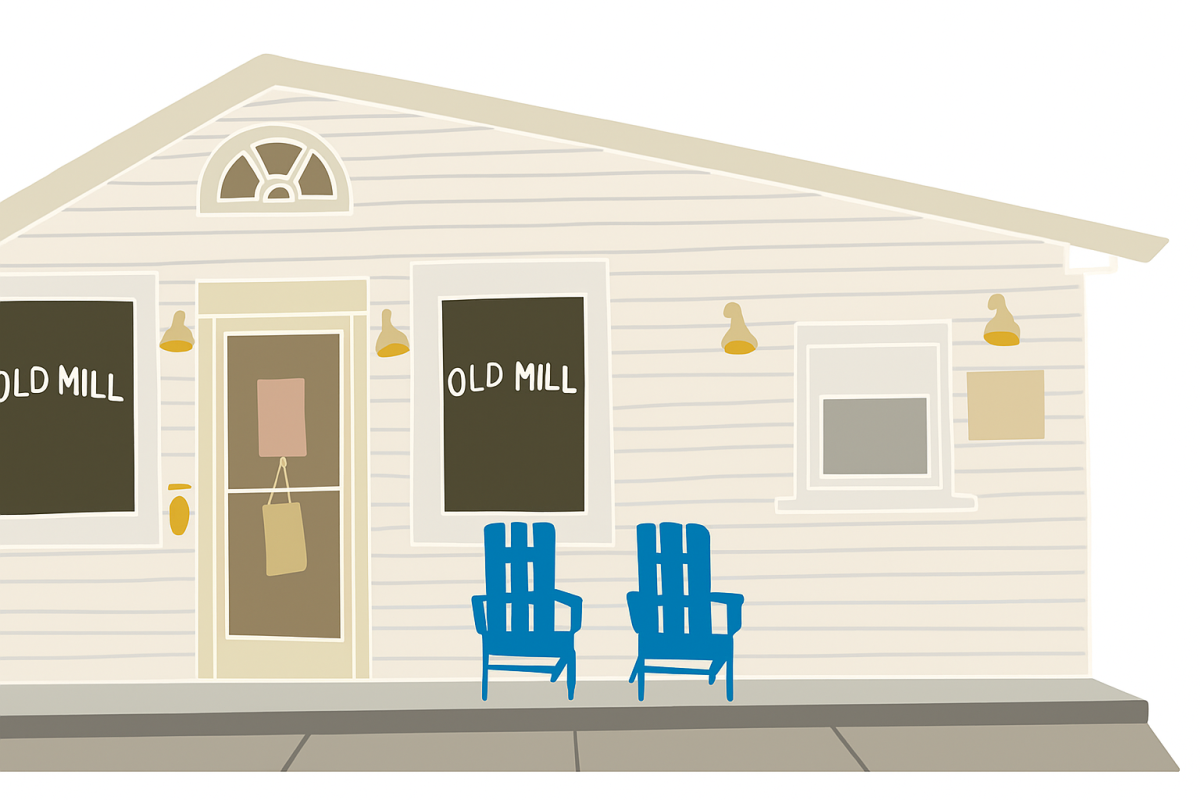
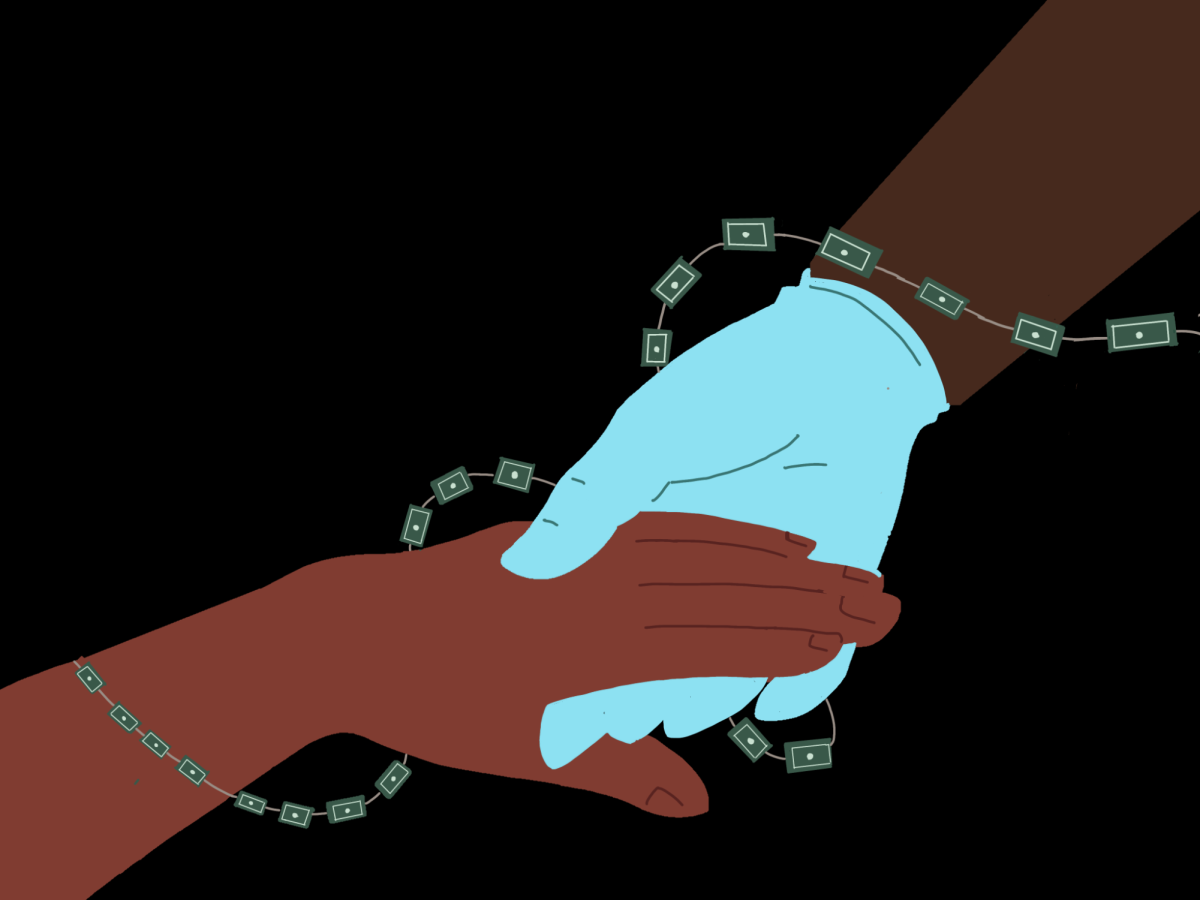
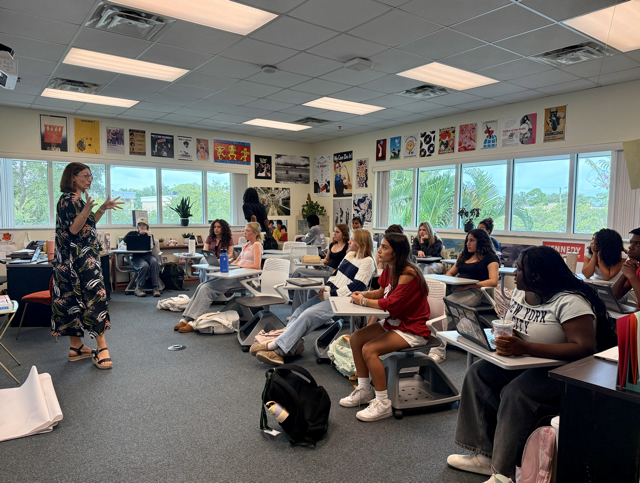
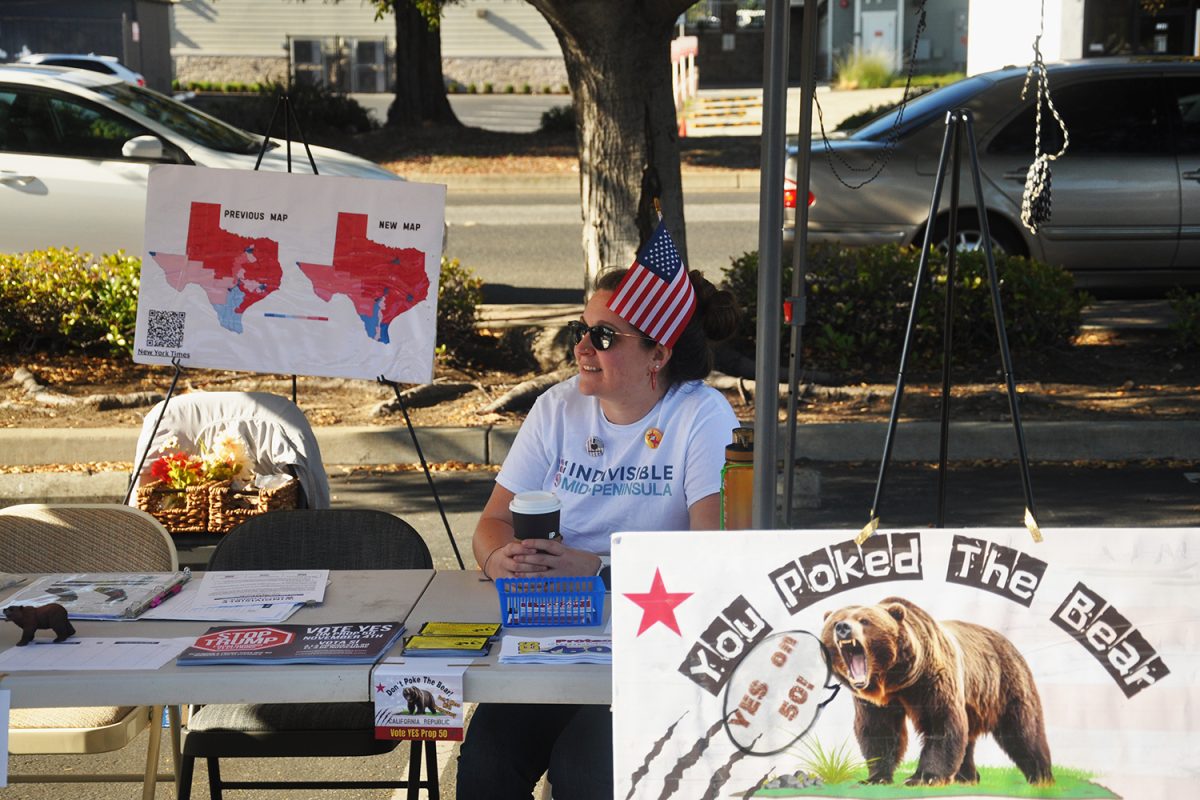
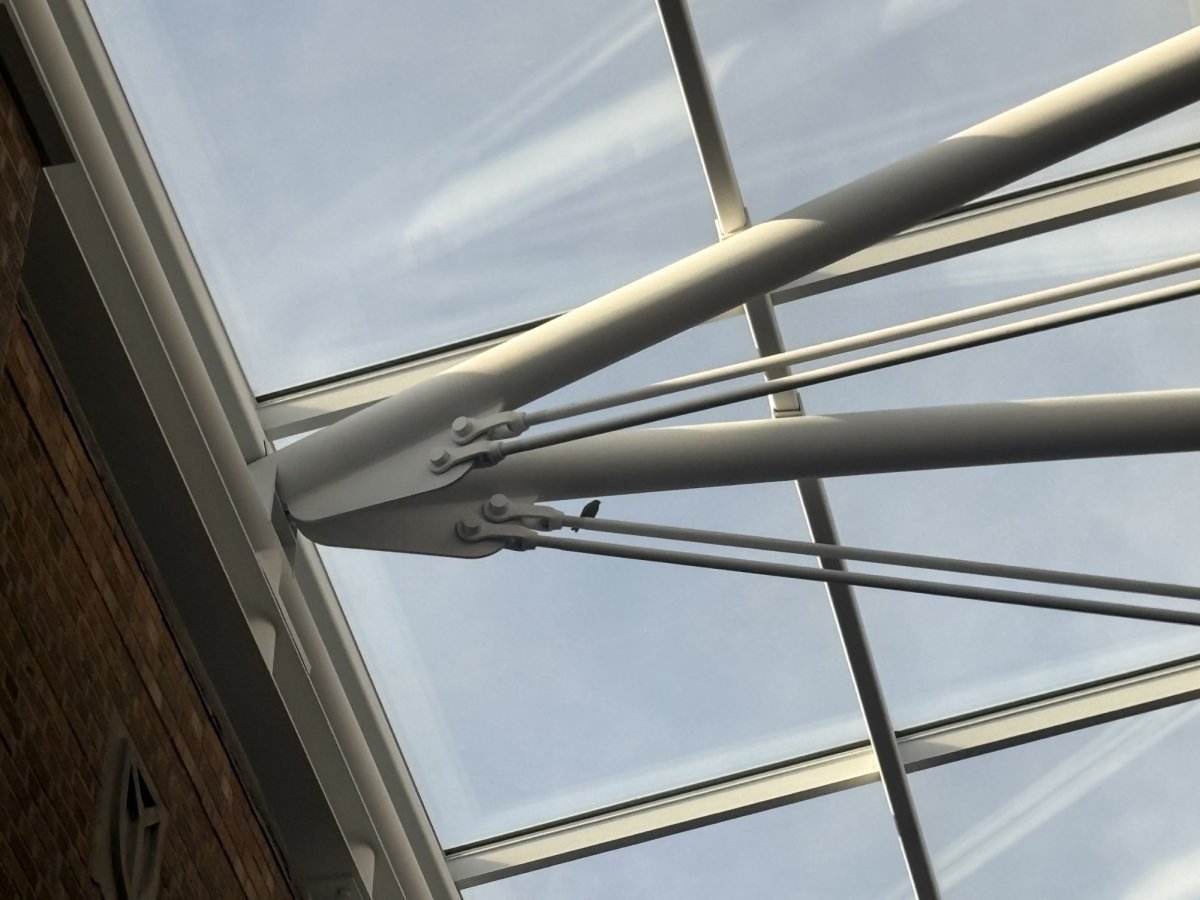


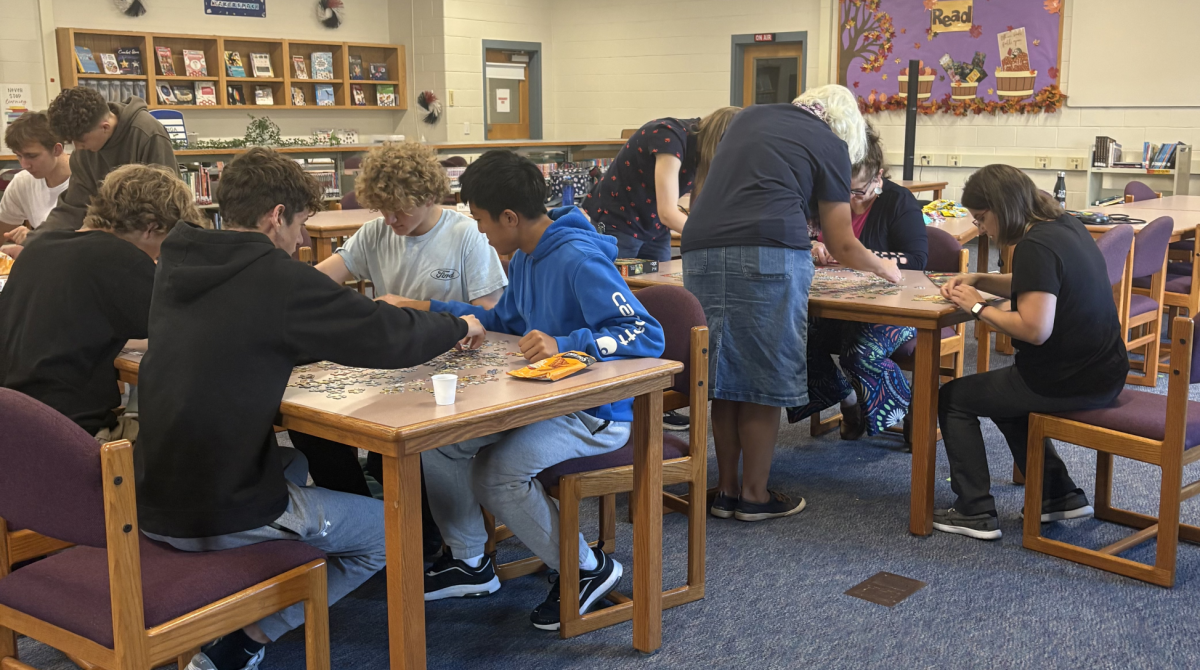
![Senior Dhiya Prasanna examines a bottle of Tylenol. Prasanna has observed data in science labs and in real life. “[I] advise the public not to just look or search for information that supports your argument, but search for information that doesn't support it,” Prasanna said.](https://bestofsno.com/wp-content/uploads/2025/10/DSC_0073-2-1200x800.jpg)

